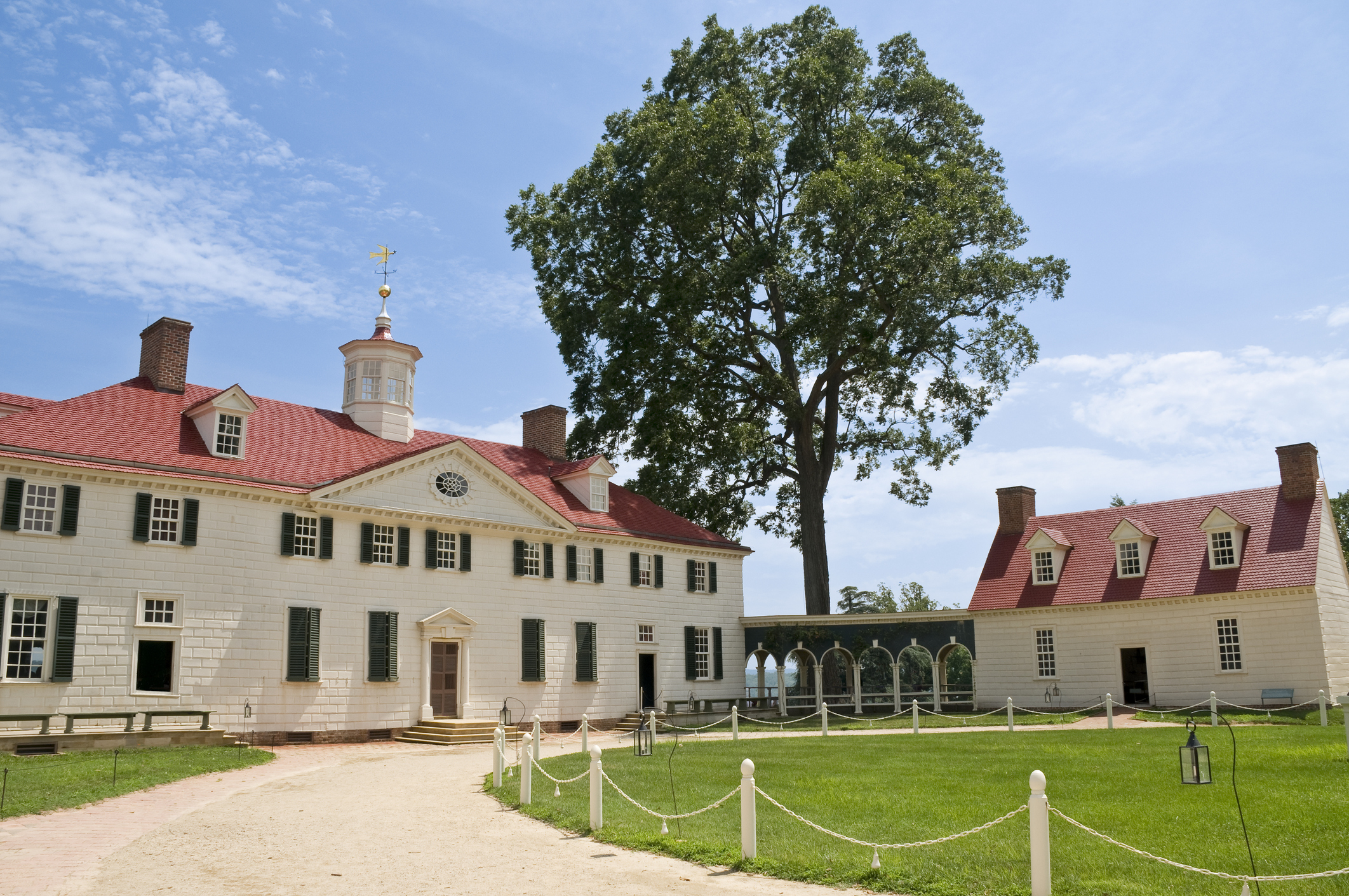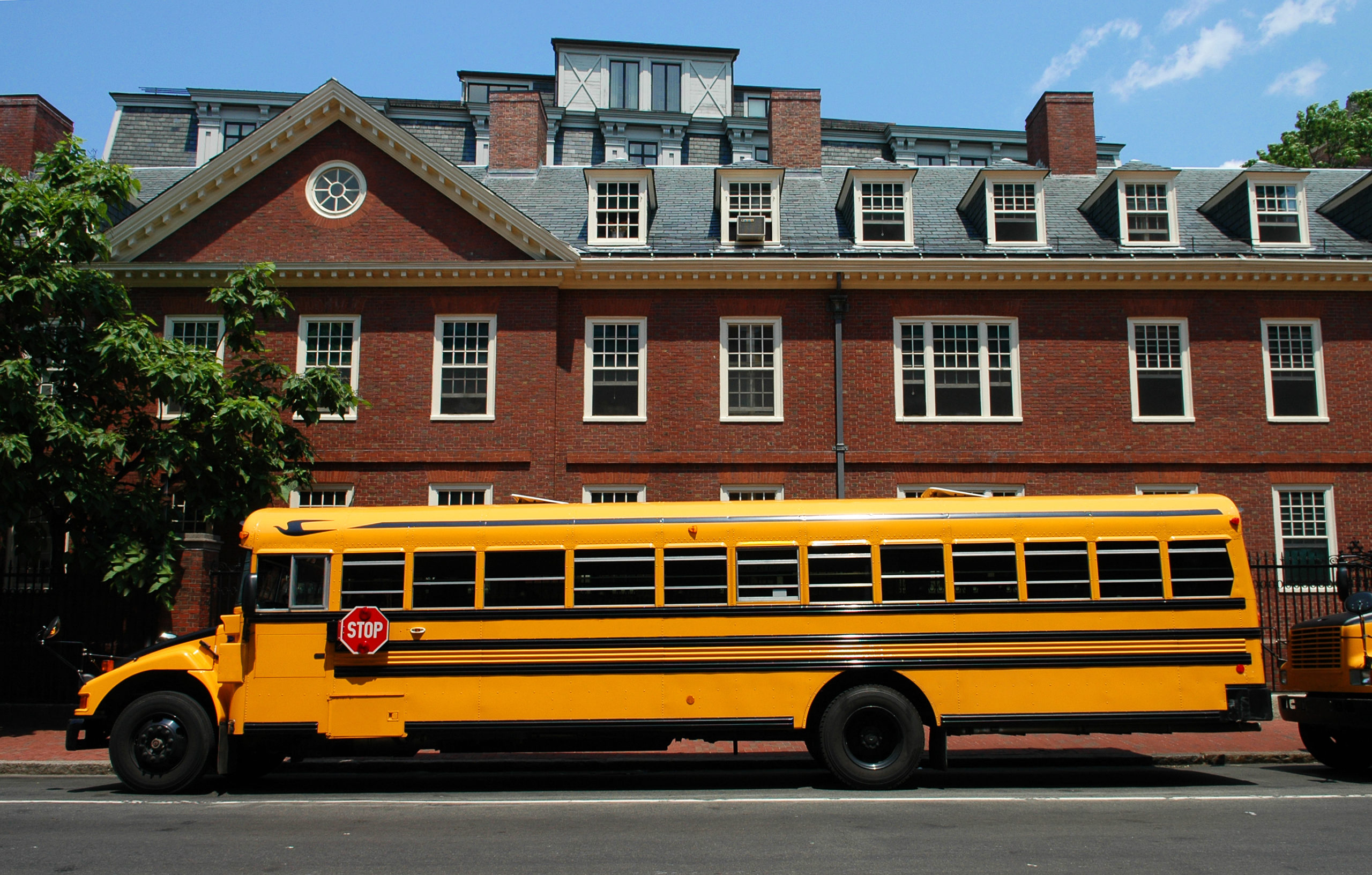
Visiting historic sites is a very powerful tool for students learning history. While traveling to geographic sites to explore history in-person is also powerful, it is not always possible. In my classroom, students continually ask, “When are we going on a field trip?” I am from Oregon and while traveling across the country with my students to visit historic sites on the East Coast is impractical, I love to take students on virtual field trips. Online resources have become very advanced and make traveling to other places accessible in ways that were never before possible. In teaching United States history, I have become very fond of using virtual field trips as a mode for teaching about presidents of the United States and their unique legacies.
George Washington’s Mount Vernon
George Washington is the most iconic figure in American history. However, students tend to view our first president only through the lens of Washington as a general and leader, but he was a very multidimensional man, who viewed himself more as a humble farmer rather than as the father of our country. Mount Vernon has created a spectacular virtual tour of Washington’s plantation; this tour created with 360 degree cameras allows students to virtually walk throughout the estate as they click buttons allowing them to walk forward and move side to side. The online tour provides students with a walk through of Washington’s mansion which gives students an up close and personal perspective into what life was like for George and Martha Washington on a daily basis. The online tour also takes students to his vegetable gardens, fruit gardens, animal pens, distillery, and gristmill. The online tour also gives students the opportunity to walk through the homes of enslaved individuals living at Mount Vernon, which is always a powerful opportunity for students to experience. This tour is available in eight different languages to make the estate accessible to students who speak many different languages.
After having students experience this virtual field trip, students bring forth many new insightful ideas about Washington into the classroom. Students have said, “I thought Washington was just a general and president; I didn’t realize that he liked science and gardening,” and “I never thought of George Washington as someone who owned other people — seeing the homes of people who are enslaved at Mount Vernon gave me a new perspective on the complexities of the lives of our founding fathers.” Encourage students to deepen their learning through small-group and whole class discussions.
Access the Mount Vernon Virtual Field Trip here: https://virtualtour.mountvernon.org/

Thomas Jefferson’s Monticello
In teaching early United States history, my students have also taken virtual field trips to Monticello, Thomas’s Jefferson’s plantation home. The online field trip allows my students to walk through every room in Jefferson’s home and to explore the grounds of his plantation. Thomas Jefferson was a very complex person and experiencing this virtual field trip has allowed my students to see him as much more than just the writer of the Declaration of Independence. This virtual 360 degree tour allows students to explore Jefferson’s personal library, look at the art displayed throughout his home, and explore the homes and workshops of enslaved people living on Mulberry Row. During the field trip, students have asked fantastic questions, including, “Why does Jefferson’s house look like a Greek temple?”, “Why are archaeologists digging here?”, and “What is a joiner and a textile? Why would Thomas Jefferson have these things?” As students walk virtually around the plantation and click the pop-ups and buttons, encourage them to work together to explore the estate and answer each other’s questions in pairs or small groups.
Watching my student’s explore Jefferson’s plantation helps me recognize the great value of the field trip. It allows students to explore Thomas Jefferson’s legacy as the writer of the Declaration of Independence and as a nation builder, but students also learn about the unique architectural elements of Monticello and how they relate to history, and explore Monticello as a plantation that has been a site of enslavement.
Access the Monticello Virtual Field Trip here: https://www.monticello.org/house-gardens/virtual-tours-of-monticello/
Virtual Fields as a Way of Embracing Difficult History
One of the most valuable parts of the virtual field trips at Mount Vernon and Monticello is their ability to address and embrace the difficult parts of history. The United States has many aspects of history to be very proud of, and many parts of history that are regrettable, but still must be acknowledged in the social studies classroom.- The first presidents did amazing things to build the United States into what it is today. But, while they did do great things, they were also involved in enslavement. Ten of the United State’s twelve first presidents held people in enslavement. Students need to understand the full picture of history, and these virtual field trips allow a great opportunity for students to explore and understand the complexity of colonization, enslavement, and give a fuller picture of United States history.

Other Presidential Virtual Field Trips
Along with Washington’s Mount Vernon and Jefferson’s Monticello, there are multiple other presidential homes offering virtual tours. These would be valuable to students as they fit into your classroom study of American history.
- White House Virtual Tour
- Virtual Tour of James Monroe’s Highland
- Virtual Tour of the Home of Franklin D. Roosevelt National Historic Site
- Virtual Tour of John Adams Home, which is now the Adams National Historical Park
- Virtual Tour of Martin Van Buren National Historic Site
- Virtual Tour of the Lincoln Home National Historic Site
- Virtual Tour of the Andrew Johnson National Historic Site
- Virtual Tour of Ulysses S. Grant National Historic Site
- Rutherford B. Hayes Museum Virtual Field Trip
- Virtual Tour of Theodore Roosevelt Birthplace National Historic Site
- Virtual Tour of the William Howard Taft National Historic Site
- Eisenhower Home Virtual Tour
- Lyndon B. Johnson Texas White House Virtual Tour
- Virtual Tours of the Richard Nixon Presidential Library and Museum
Nystrom World has hundreds of activities to combine history and geography in the social studies classroom
Try a free 30-day trial today
Christine Boatman is a middle school social studies teacher at Estacada Middle School in the small town of Estacada, Oregon. She is passionate about teaching history and promoting critical thinking in her classroom. Boatman regularly presents at teaching conferences and authors articles to share strategies with other teachers. When Boatman is not busy in her classroom, she loves going hiking with her dogs and her husband, Daniel.
